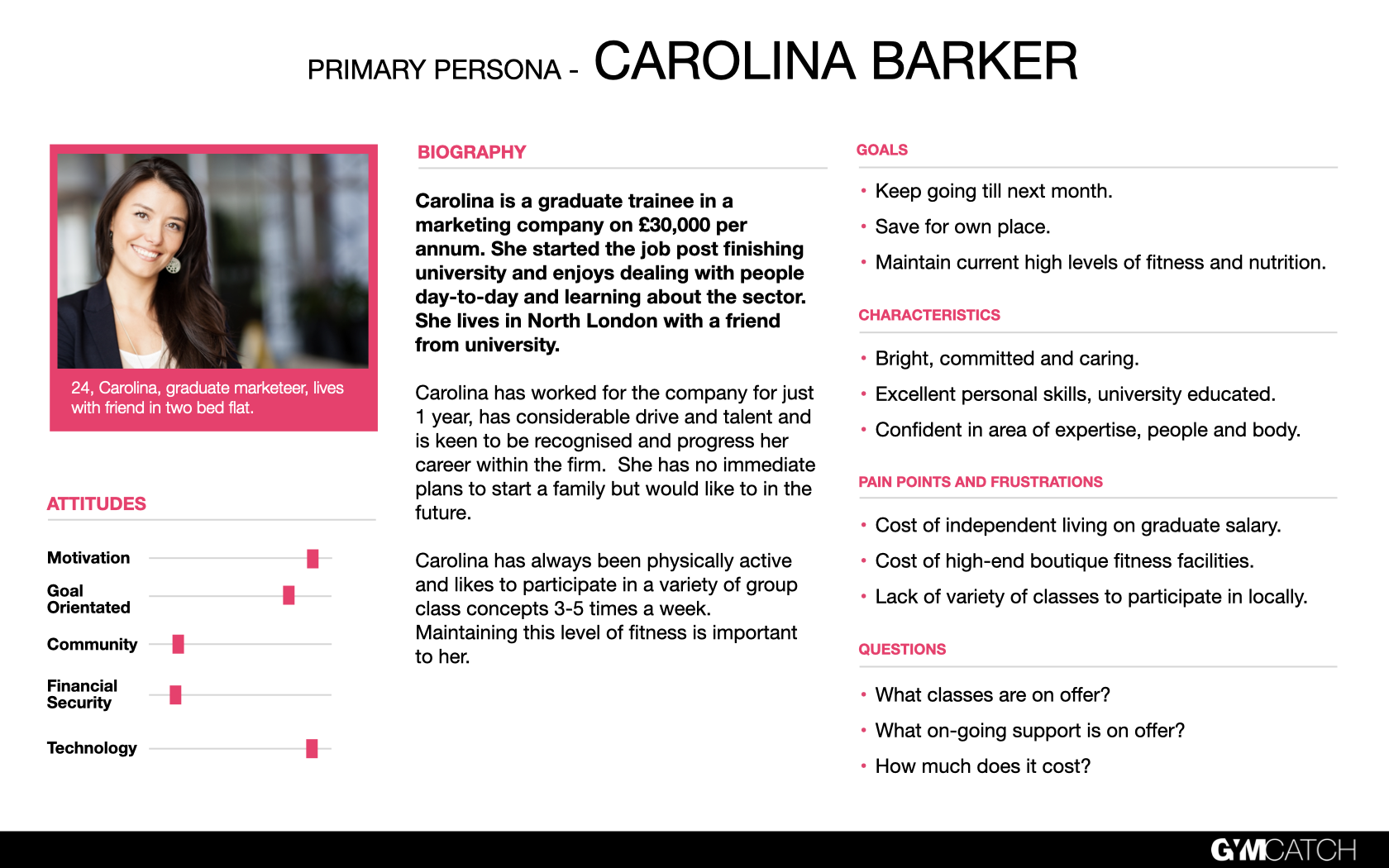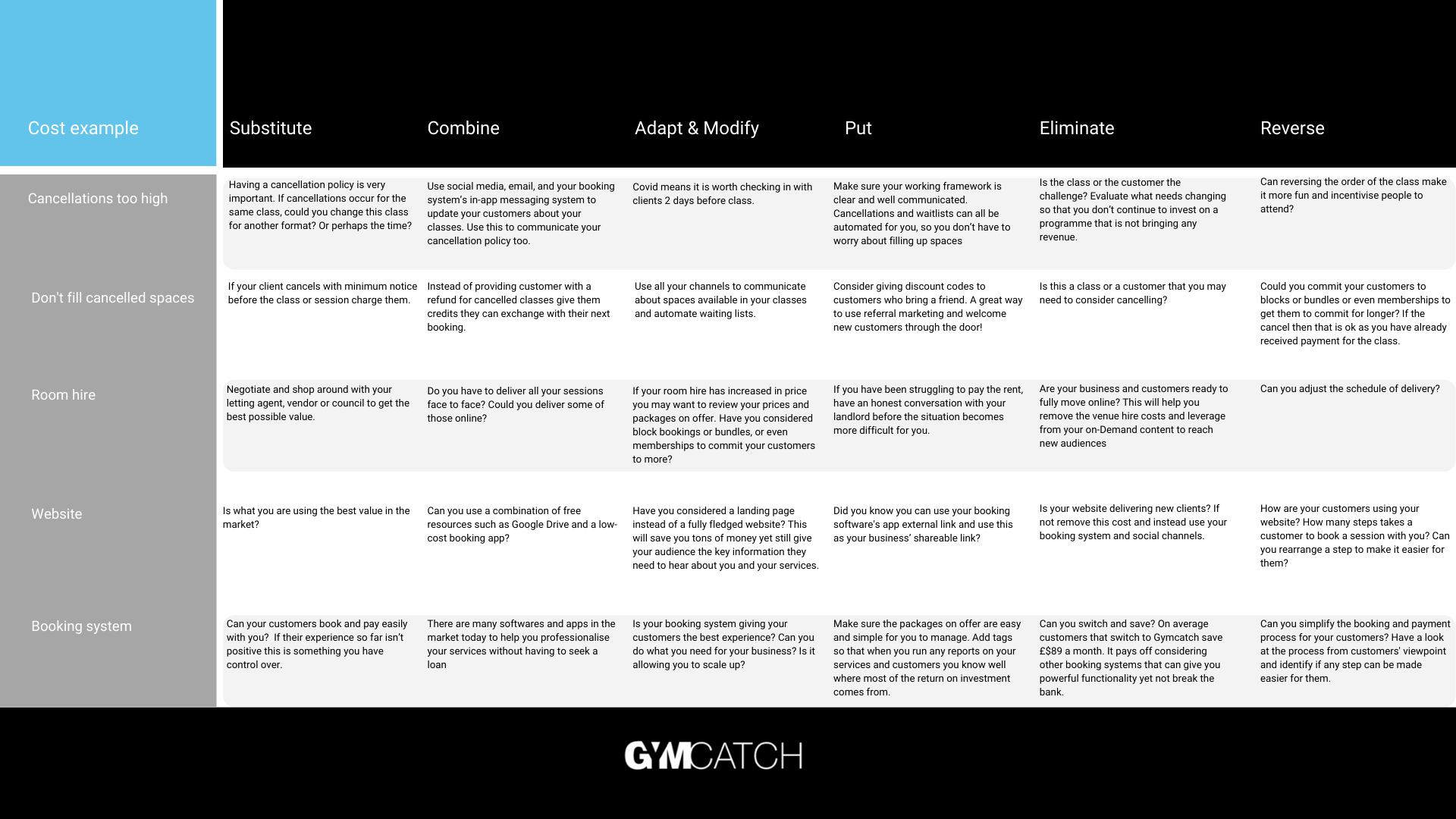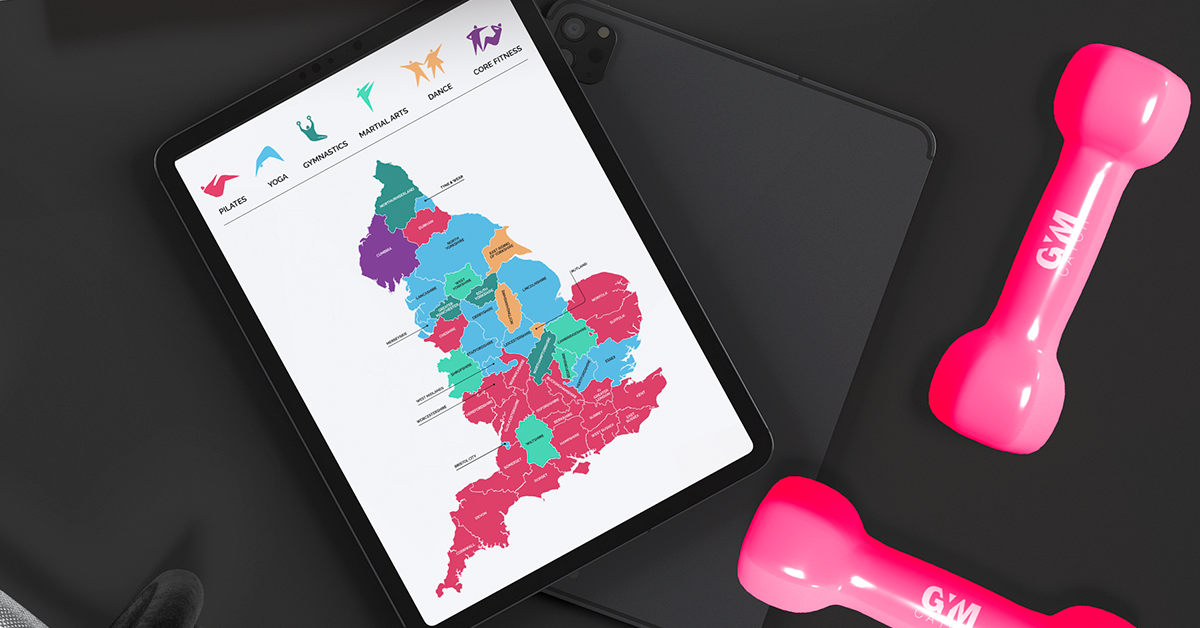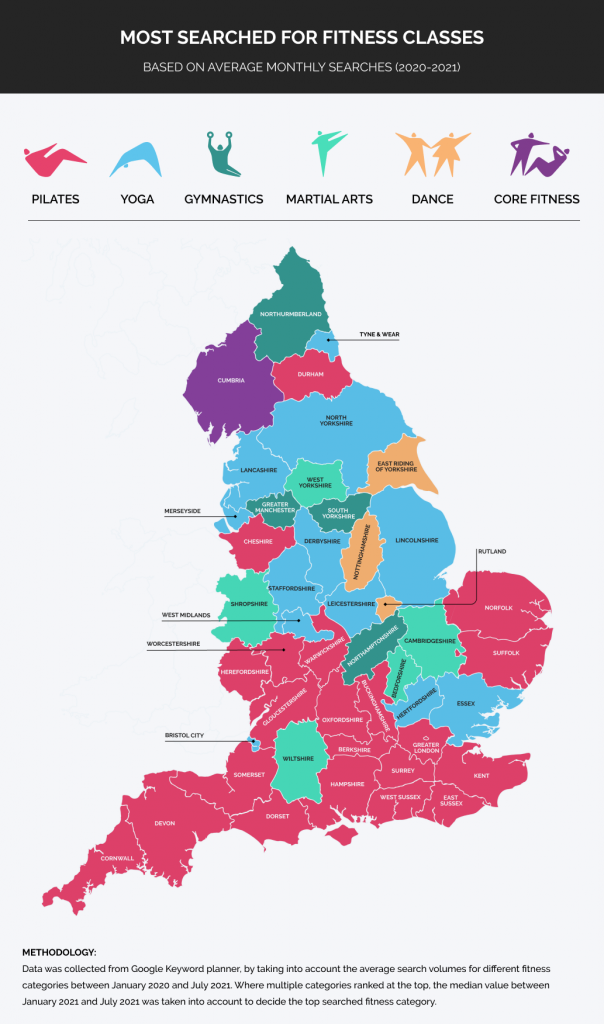In this blog, we consider when to sell sessions in courses or blocks, how best to maximise their operational efficiency, and block-to-block customer retention.
Are courses or blocks right for your customer?
A common theme in our business management content is to start with your customer. We make no apologies for this, when thinking about your business model you should always start with an assessment of your customer or target customer.
When reviewing whether a course/block of sessions is right for your customers it helps to consider a few headline questions:
- Do you assess your client’s progress frequently or set short-term milestones?
- Is there a scheduling reason that courses/blocks may suit your customer better than other models (i.e. pay-as-you-go/memberships)? For example, are you targeting parents that have more availability during school term time? Or kids where it’s often vice versa?
- Can your customers afford larger one-offs, or twice over-term payments?
- Would a perceived lack of flexibility in scheduling put them off?
- What, if any, service would customers want when you’re not running courses?
When considering these questions, it is perhaps not surprising that many of our business customers who operate this model do so because:
- They focus on parents as a demographic, effectively dove-tailing with school terms
- The structure is particularly popular with Pilates and yoga modalities
- Other programs where clear end results over a period are a focus often use them, with many personal trainers offering either 1-2-1 or small group training courses/blocks.
Your decision-making process can, of course, also be supported by considering whether alternative business models would work better:
- In instances where courses/blocks make the most sense, it’s often the case that a membership model might be perceived by your customers as too long-term, or a waste of money (as regular commitments mean it wouldn’t get used for much of the year)
- Whilst pay-as-you-go can supplement course income, running that by itself may also be seen as lacking a desired certainty of attendance for customers and, indeed, income for you as the business owner.
How to think about retention
A reason we often hear for using memberships over courses is that the former encourages greater retention, as it doesn’t require a regular review / re-purchase. With this, it’s assumed that by surfacing the buying decision regularly you can increase the chances for the customer to cancel/not re-buy.
In our experience, and based on the data we see, this is not a valid assumption, and we believe it rests on some antiquated thinking. Whilst memberships are absolutely a great model for many businesses, having a recurring, ongoing, payment does not in itself increase customer retention. Customers are now, perhaps more so than ever, very aware of their outgoings and rights with regards to cancellation. Just because a payment is automated does not mean that it is unknown or unnoticed.
In our experience, when businesses build a course-centric customer base the ongoing requirement to commit to the next course/block serves to increase retention. This is because it introduces a ‘fear of missing out’. This is to say that customers can be made aware that spaces are limited, the course is popular, and if they don’t recommit then they may lose their space with no guarantee they’ll get it back. This in turn increases their propensity to turn up to sessions and make use of their allocated space. It therefore actually serves to have a positive impact on accountability, far more so than with a membership where the available sessions are entirely optional/bookable.
In addition, you can increase the ‘fear of missing out’ by layering extra privileges on buyers of your past course/blocks. For instance, you could offer a priority purchasing window for your next course/block that’s only accessible to those that bought the previous one. This adds immediacy to the buying decision and, again, drives repeated attendance and accountability which will assist in retention (our industry-leading Priority Access feature can help here).
How to handle swaps and drop-ins?
One understandable gripe we repeatedly hear on our consults is the time it takes many to administer week-to-week swaps when courses/blocks are running. Illness, transport, childcare, and holidays are common themes that can cause customers to miss scheduled sessions and want to swap into different courses/blocks’ weekly sessions.
Whatever you decide to set for your cancellation policy for sessions, if you’re offering a swap/credit, the process needs to be easy and manageable. Ensure you find a system (e.g. Gymcatch) that can handle the customer canceling and rebooking of their spot (where there’s availability) across courses/blocks without having to contact you.
With regards to drop-ins, these can be a nice way to both enable swaps, but also boost income if your course isn’t full. The main thing here is to ensure that you’re not opening up too many spots too early (i.e. too far before their start time). It’s important to remember that for every drop-in you sell, that reduces your total course capacity (until that session is complete) by one. So drop-ins at premium pricing are really best used either when they’re made available close to the start date of the session, or if there’s considerable excess capacity in the course.
What to do outside of course term time?
Where courses/blocks are run across school terms, we see two approaches to non-term time. One approach is to leave the calendar clear. This can give customers a break, and the flexibility to manage childcare without feeling like they’re missing out or, guilt for non-attendance. This can also give the business owner some valuable time to refocus on pre-marketing the next courses/blocks and general admin that’s difficult to do during the period of delivery. If you hire space and variable business costs, it can also mean that you don’t necessarily continue to incur in-term overheads.
The second option we see deployed successfully is for a more flexible set-up over the period. This might be where you allow only pay as you go, or class pack / bundle-bought sessions. This can be a great way to boost non-term time income and gives those that want to maintain their routine the ability to do so, all without in any way prejudicing those that can’t.
How to launch or migrate to a new booking system?
If your booking system doesn’t allow for all of the above, then there’s potentially a decision to be made to migrate to one that does.
If you are moving from pen and paper, then planning a launch in between courses/blocks is no doubt a good strategy and can ensure everything kicks off with minimum disruption. If you’re not digitally confident look for 1-2-1 onboarding as part of the offer. At Gymcatch, we pride ourselves on ensuring that all customers receive the onboarding support they need.
If you are migrating from a system that doesn’t provide these solutions, or that you’re over-paying for, then thinking about the following can be helpful:
- When are you going to switch? Again, in between courses/blocks can make a lot of sense, but equally the system may be able to import/add customers to existing courses/blocks, which may make for a gradual switchover while you’re still seeing customers regularly face-to-face to smooth the inevitable (if hopefully infrequent) questions that come up.
- Can you import customer data and create their accounts for them?
- Is it easy for customers to claim their accounts?
We hope you found the post useful. If you would like to speak about the above and discuss your online booking software and your fitness bootcamp booking software needs, please book a free consultation here or if you’d like to give Gymcatch a go for free for 1 month, please get started here.










